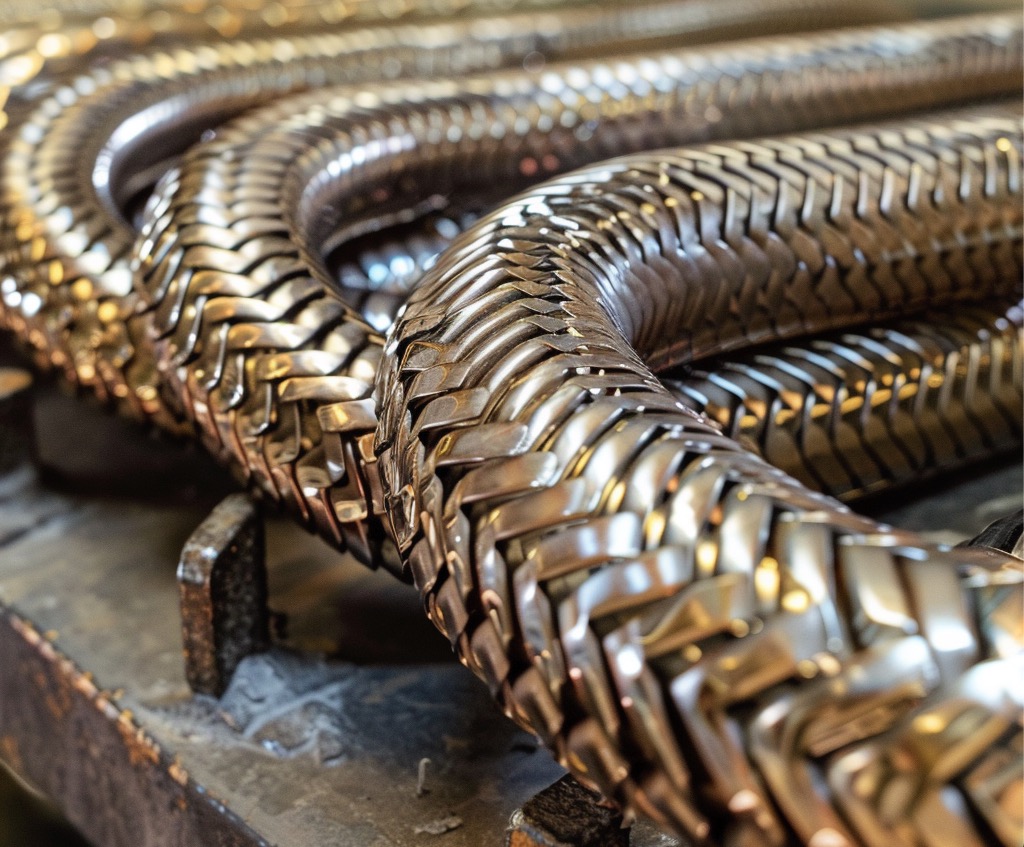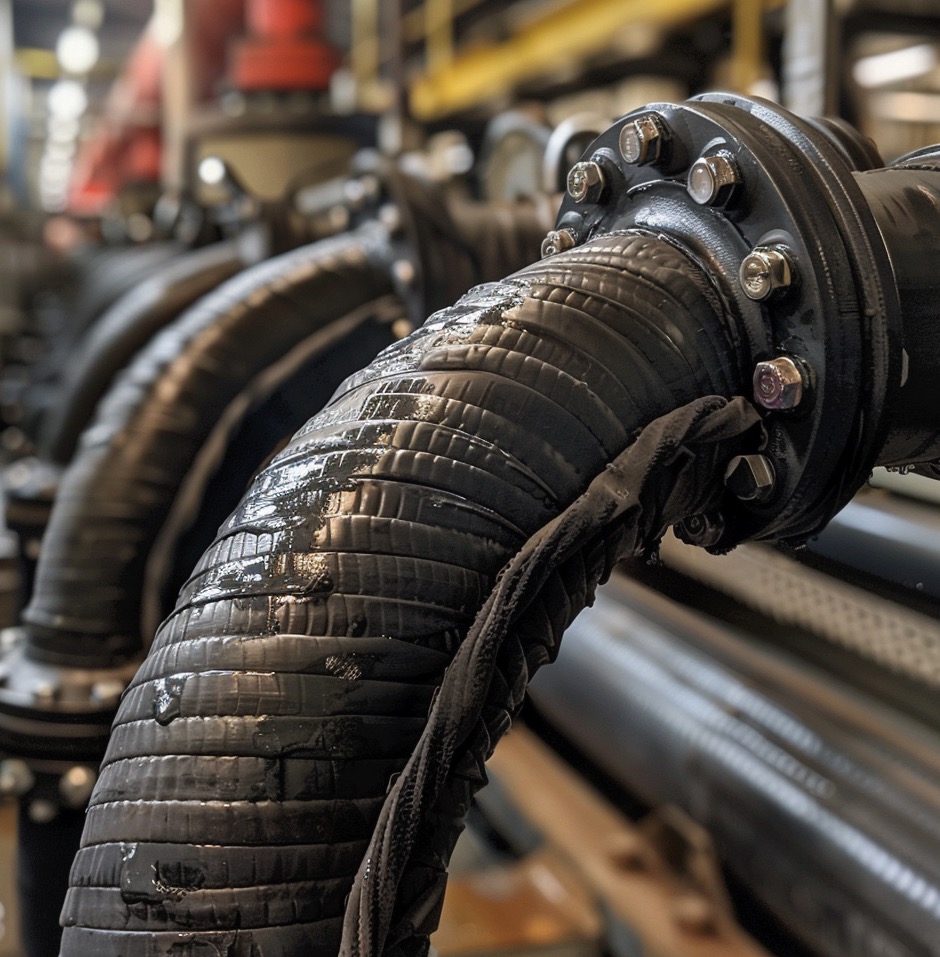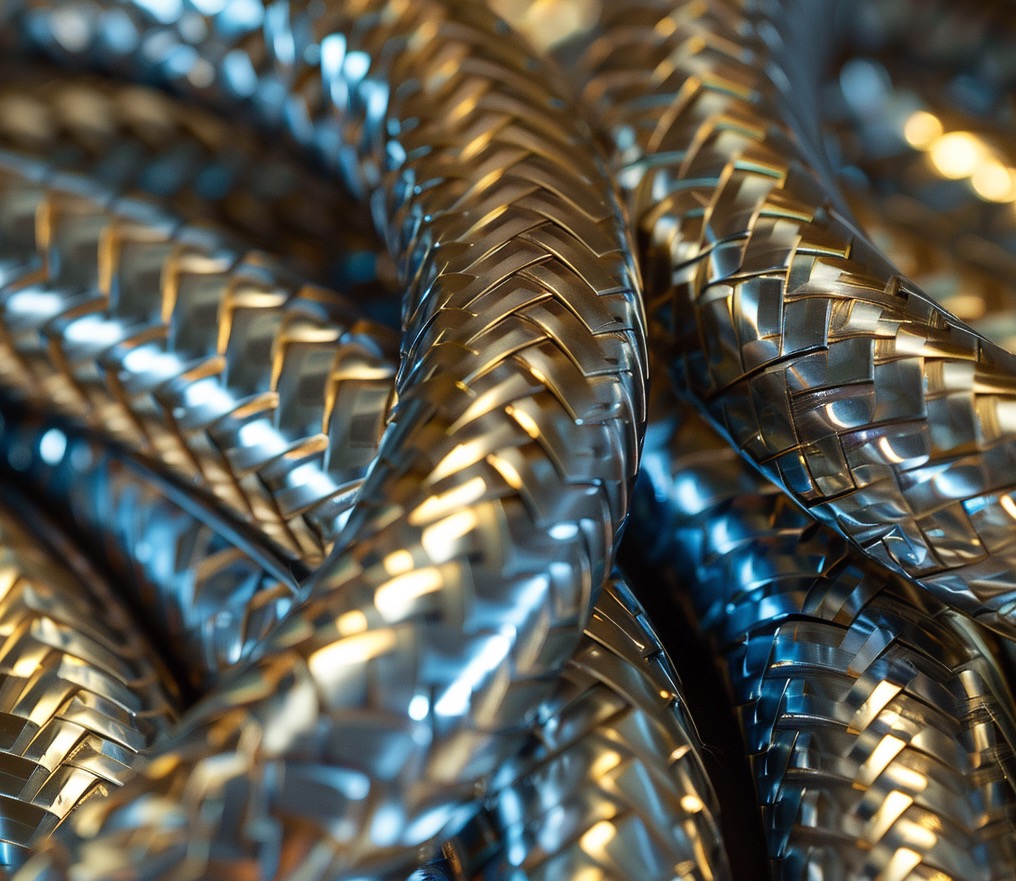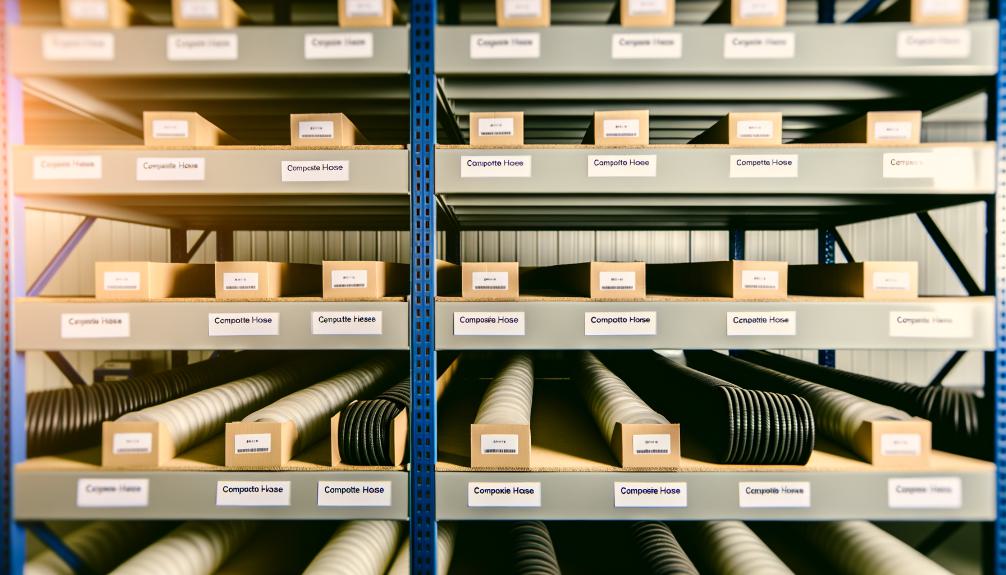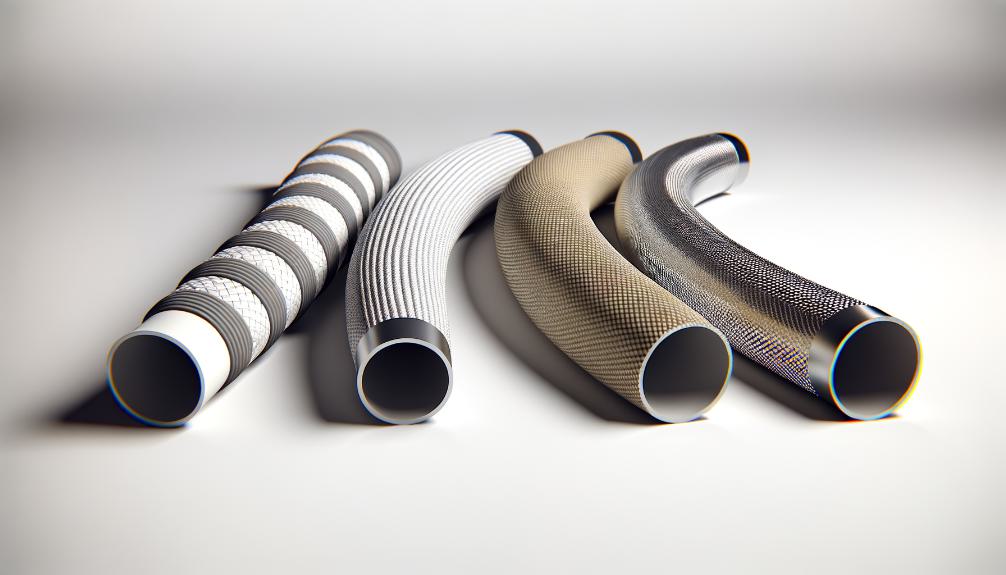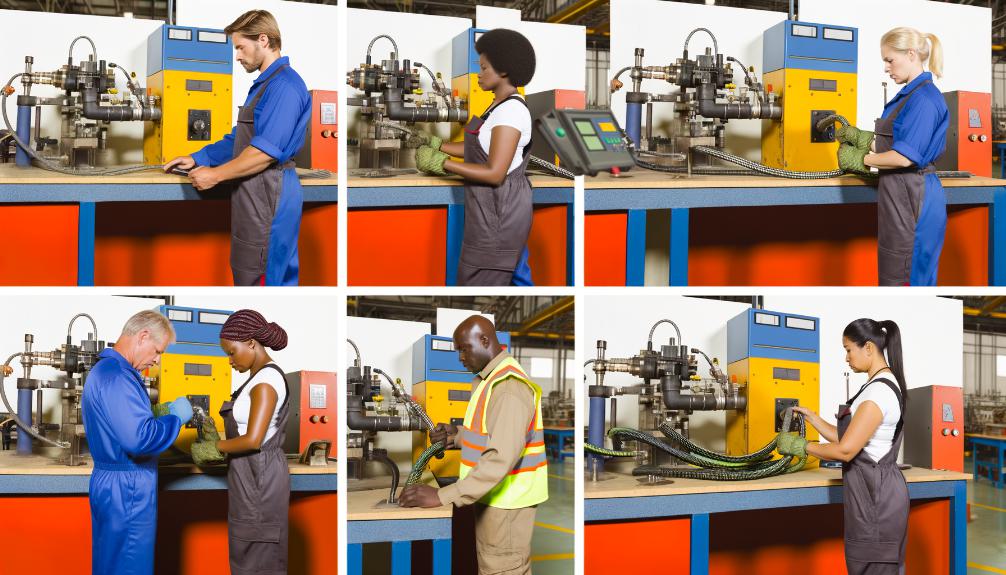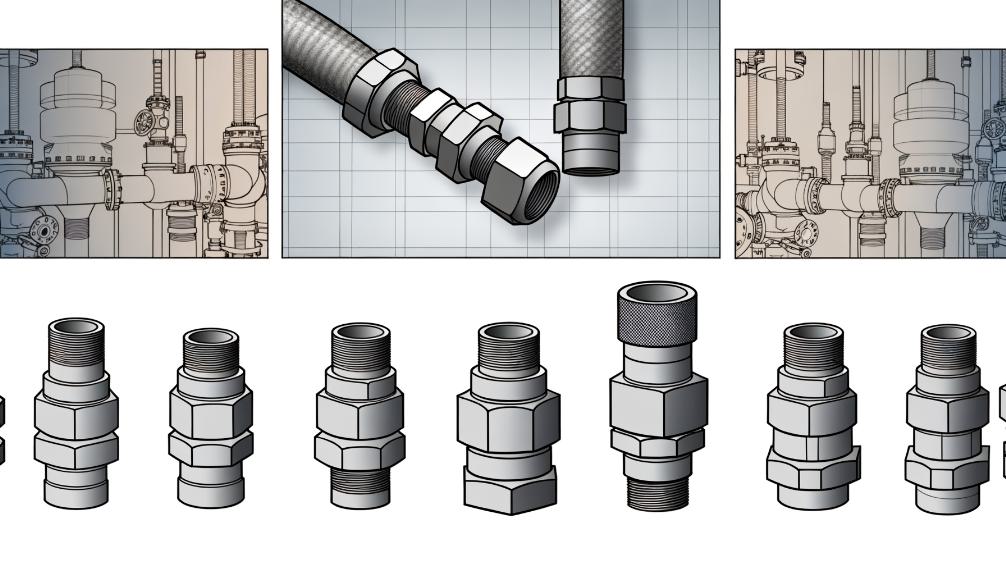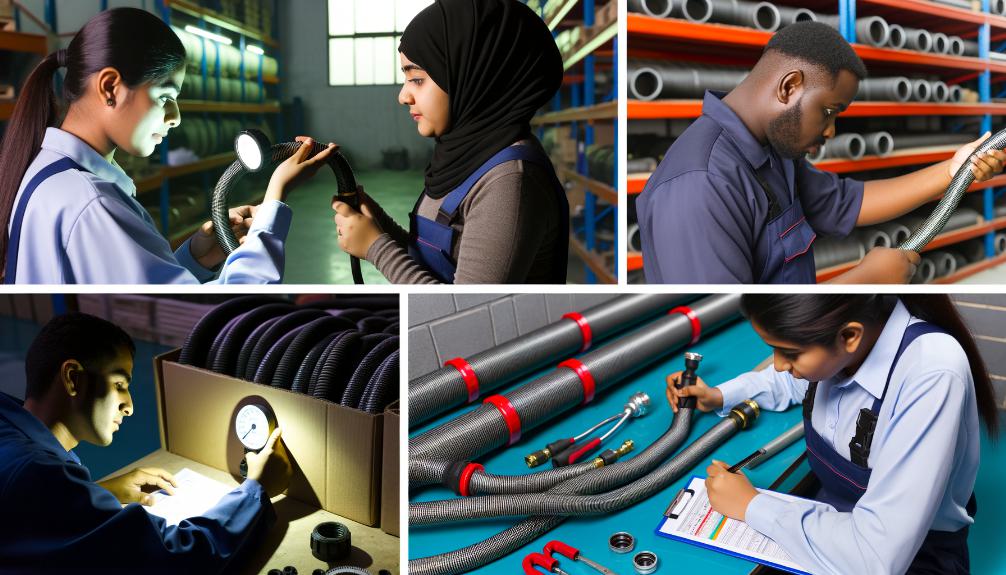Selecting the right metallic hose can feel overwhelming with so many options available. Whether we’re dealing with high temperatures, extreme pressures, or corrosive environments, the right choice ensures efficiency and safety. We’ve got to consider factors like material compatibility, flexibility, and durability to make an informed decision. In this guide, we’ll break down the essential… Continue reading How to Choose the Right Metallic Hose: A Comprehensive Buyer’s Guide
Category: Hoses
INTAFLEX Industrial Expansion Joints and Composite Hoses: Durable, Reliable Solutions
When it comes to maintaining the integrity of industrial systems, INTAFLEX’s expansion joints and composite hoses stand out as essential components. These products provide critical solutions for managing thermal expansion, vibration, and movement in pipelines, ensuring operational efficiency and safety. I’ve seen firsthand how INTAFLEX’s innovative designs can handle the harshest conditions, from chemical plants… Continue reading INTAFLEX Industrial Expansion Joints and Composite Hoses: Durable, Reliable Solutions
Top Metallic Hoses Maintenance Tips for Optimal Industrial Performance
Metallic hoses play a crucial role in various industries, from manufacturing to chemical processing. They ensure the safe and efficient transfer of fluids and gases under high pressure and extreme temperatures. But like any other equipment, they need proper maintenance to function optimally and extend their lifespan. Neglecting metallic hose maintenance can lead to costly… Continue reading Top Metallic Hoses Maintenance Tips for Optimal Industrial Performance
Top Tips for Storing Composite Hoses Effectively
To effectively store your composite hoses, start by choosing a spacious, dry, and well-ventilated area to avoid moisture and biological threats. Prioritize cleaning both the interior and exterior surfaces using compatible solutions, followed by a thorough rinse and air drying. Employ correct coiling techniques, adjusting the coiling radius according to the hose's characteristics and supporting… Continue reading Top Tips for Storing Composite Hoses Effectively
Top Materials for Chemical-Resistant Flexible Hoses
When you're selecting materials for chemical-resistant flexible hoses, you'll want to explore options like PTFE, polyethylene, PVC, rubber, stainless steel, silicone, and Viton. Each has its strengths. PTFE excels with superb chemical resistance and high temperature tolerance. Polyethylene offers flexibility and is recyclable, a good choice for environmentally conscious uses. PVC combines flexibility with strength,… Continue reading Top Materials for Chemical-Resistant Flexible Hoses
3 Key Applications for Chemical Resistant Flexible Hoses
Chemical resistant flexible hoses are essential for your operations across various industries. In chemical processing, they withstand harsh chemicals and extreme temperatures, ensuring material safety and system integrity. You'll find these hoses indispensable in pharmaceutical manufacturing, where they prevent contamination during critical sterile processes and support the maintenance of a sterile environment. Additionally, in waste… Continue reading 3 Key Applications for Chemical Resistant Flexible Hoses
Steps to Certify Your Hose Assemblies
To certify your hose assemblies, start by identifying relevant standards from bodies like API, ISO, or FDA. You’ll need to choose materials that meet these requirements and are suited for your operational conditions, focusing on durability and chemical compatibility. Design your hose assembly to optimize performance and ensure environmental resistance. Conduct thorough pre-testing to check… Continue reading Steps to Certify Your Hose Assemblies
7 Tips for Choosing Biodegradable Flexible Hose Alternatives
When you're choosing a biodegradable flexible hose, first assess the materials like PLA or PHA for environmental impact. Check if the product meets ASTM D6400 or EN 13432 standards, confirming its biodegradability. Consider the hose's durability against frequent use and harsh weather. Verify manufacturer certifications that prove adherence to sustainability standards. Analyze the financial aspect,… Continue reading 7 Tips for Choosing Biodegradable Flexible Hose Alternatives
Top 3 Fittings for Composite Hose Applications
For your composite hose applications, you'll typically use Camlock couplings, flanged fittings, and dry break connections. Camlock couplings offer a vital, secure connection without the need for tools, suitable for quick changes, and come in various materials like stainless steel and aluminum, guaranteeing compatibility. Flanged fittings are ideal for high-pressure scenarios, requiring precise bolt tightening… Continue reading Top 3 Fittings for Composite Hose Applications
Top 3 Flexible Hose Assembly Best Practices
To improve your flexible hose assembly, start by selecting the right materials that match the chemical and thermal demands of your usage. PTFE or EPDM are excellent for chemical resistance, while silicone or fiberglass fares well with high temperatures. Next, install hoses correctly by following bending radius specifications and avoiding sharp bends. Secure them to… Continue reading Top 3 Flexible Hose Assembly Best Practices
